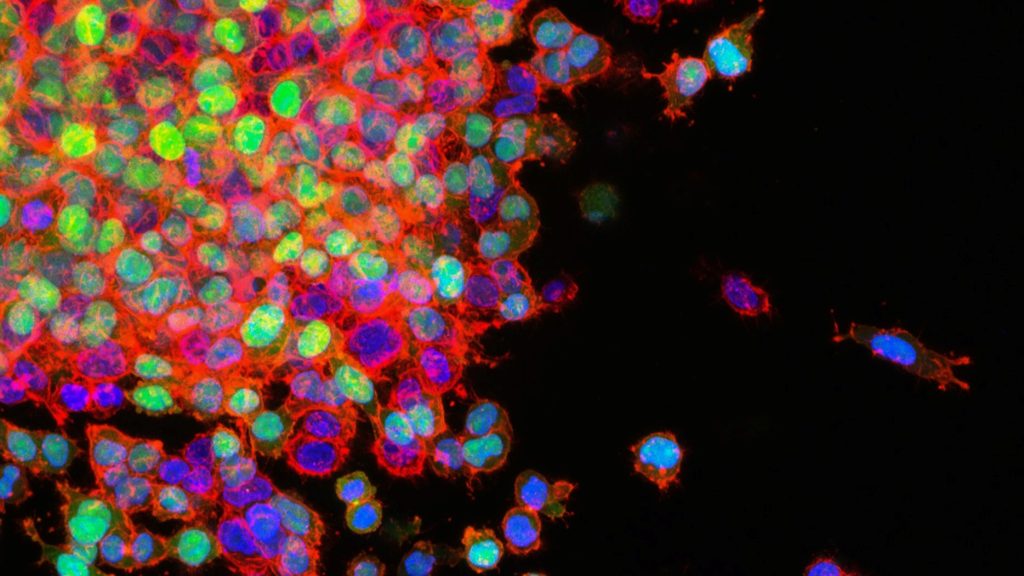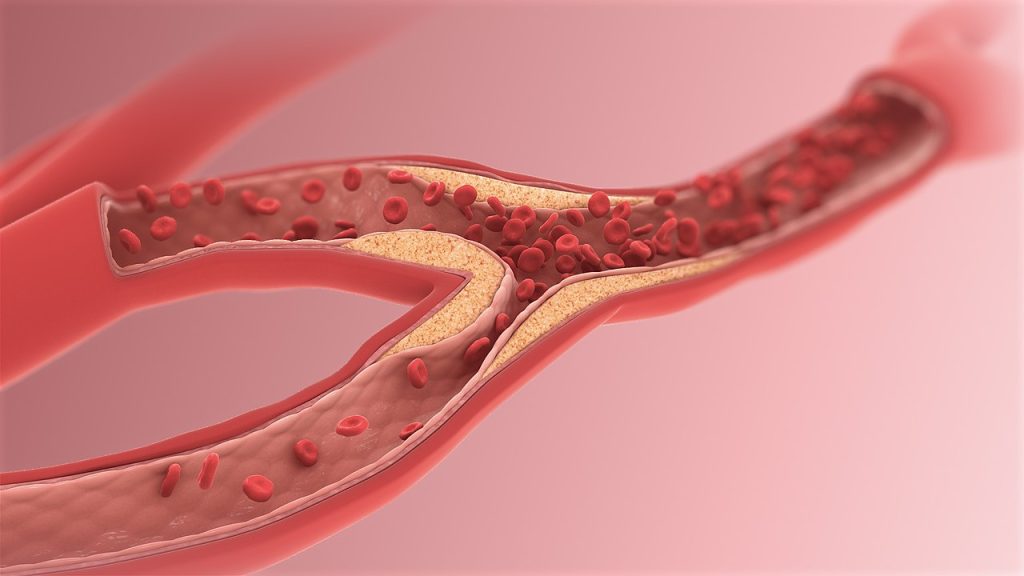Beta Blockers Plus Chemotherapy Cut Metastasis in Triple Negative Breast Cancer

A new international study has for the first time, identified that beta-blockers could significantly enhance the therapeutic effect of anthracycline chemotherapy in triple negative breast cancer (TNBC) by reducing metastasis. The results are published in Science Translational Medicine.
Anthracyclines are a class of drugs used in chemotherapy to treat many cancers, including TNBC.
Monash University researchers have previously shown in a clinical trial that beta blockers are linked with reduced metastasis. However, until now, it was unclear how beta-blockers would interact with common cancer treatments.
In this new study, the team used mouse models of cancer and analysed large-scale patient clinical data, in collaboration with the Cancer Registry of Norway, to discover that anthracycline chemotherapy on its own, in the absence of a beta-blocker, induces nerve growth in tumours.
However, adding a beta blocker to chemotherapy inhibited nerve fibre activity in tumours and stopped the cancer from coming back after treatment.
Lead author Dr Aeson Chang said the findings reveal an unanticipated insight into why chemotherapy treatment does not always work as it should.
“We set out to build on previous studies that have shown beta-blockers can halt the stress response experienced by cancer patients at the time of diagnosis and stop the cancer from spreading.
In this new study, not only did we discover the biological effect of beta-blockers when used alongside anthracycline chemotherapy, we also discovered why they are effective,” said Dr Chang.
“In mouse models of TNBC, we found that anthracycline chemotherapy was able to increase sympathetic nerve fibre activity in tumours. Activation of these stress neurons can help tumour cells spread and, fortunately, we found that beta blockers could stop this effect. Our hope is that this exciting discovery will pave the way for further research and, ultimately, lead to improved outcomes for patients.”
Senior author, Professor Erica Sloan, who has been exploring the use of beta-blockers as a novel strategy to slow cancer progression for a number of years, said the study provides important clues about why beta-blockers may help improve the clinical management of TNBC.
“While many patients will be cured by treatment, unfortunately, in some patients the cancer may return – this study has helped us understand why. Our findings show that anthracycline chemotherapy supports the growth of nerves, which can support cancer relapse. This is important, as it tells us that targeting nerves using a beta blocker can improve response to treatment,” said Professor Sloan.
“Beta blocker use has been consistently linked to reduced metastatic relapse and cancer-specific survival in TNBC patients. However, the lack of understanding of how beta blockers improve chemotherapy – which is a core component of the standard treatment for TNBC – has limited the translation of these findings into the cancer clinic,” said Professor Sloan.
“We believe this study presents an exciting opportunity to further explore the use of beta-blockers as a novel strategy in the treatment of TNBC.”
Source: Monash University







